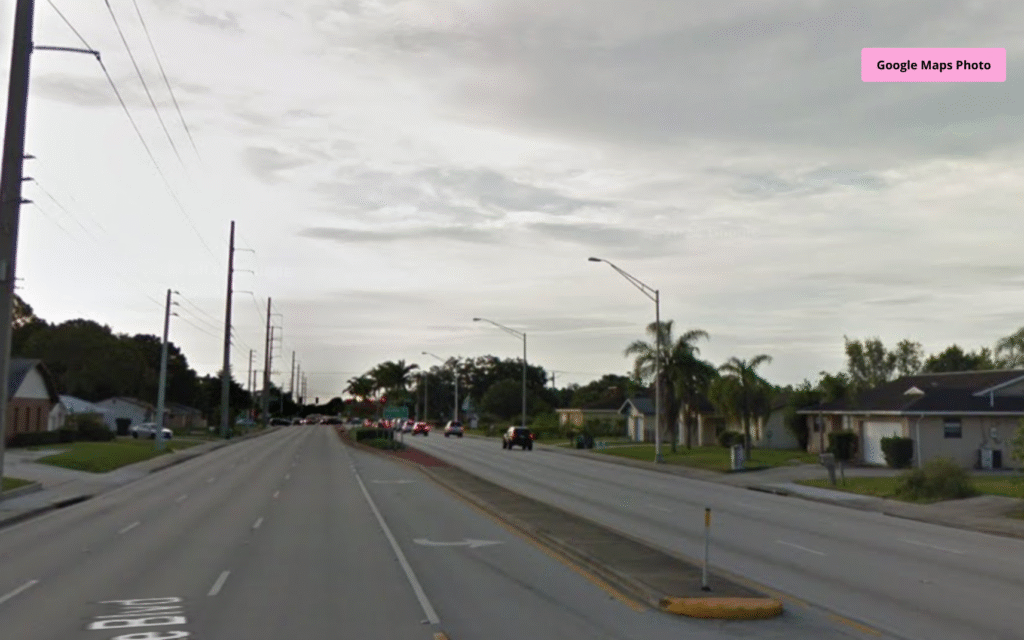Deportation and removal numbers have increased significantly in the United States, according to recent data from the Department of Homeland Security. The main keyword, deportation and removal, is central to ongoing debates about immigration enforcement, policy changes, and the impact on undocumented immigrants nationwide.
Deportation and Removal Trends in the United States
The Department of Homeland Security reports that approximately 515,000 individuals have been deported or removed during the current period. Most of these actions are attributed to intensified enforcement policies implemented by federal authorities.
Official figures indicate that around 2 million undocumented immigrants have left the country since the latest administration began its term. However, about 80% of this total—roughly 1.6 million people—are classified as having “self-deported.” This figure is based on survey data, which experts warn may not be completely reliable due to the nature of self-reporting and potential data gaps.
ICE Removals and Deportations: Key Enforcement Metrics
ICE removals and deportations serve as the primary metrics for measuring immigration enforcement activity. Recent months have seen a notable increase in the detained immigrant population, with a corresponding rise in the number of removals carried out by federal authorities.
According to Department of Homeland Security data, 70% of those deported reportedly face criminal charges. Despite this, detailed analysis shows that only a minority have convictions for violent offenses. Recent data reveals that just 8.5% of deported individuals with criminal records were convicted of violent crimes. The proportion of immigrants convicted of violent crimes has declined compared to previous years.
Expansion of Enforcement Operations
The current administration has expanded ICE operations to include raids in sanctuary cities and previously restricted locations such as schools, hospitals, and places of worship. These changes reflect a broader enforcement strategy that targets both criminal and non-criminal undocumented immigrants.
Self-Deportation Programs and Data Reliability
The concept of “self-deportation” has gained prominence as the government incentivizes voluntary departure through programs offering travel assistance and financial compensation. However, the actual participation rate in these programs remains unclear, and experts caution that survey-based estimates may overstate the true number of self-departures.
Expert perspectives highlight skepticism about the reliability of self-deportation figures. Survey methodologies are subject to significant uncertainty, and the lack of independent verification complicates efforts to assess the effectiveness of these programs.
Impact on Non-Criminal Immigrants
The administration’s deportation campaign has led to an increase in non-criminal arrests. A substantial portion of current detainees have no criminal convictions, raising concerns about the targeting of individuals without criminal records and the broader humanitarian implications.
Undocumented Immigrant Population and Regional Effects
The total estimated population of undocumented immigrants in the United States remains around 11 million. California continues to host the largest share of this population, according to official sources.
Enforcement actions have resulted in pushback from foreign governments and have affected key economic sectors such as agriculture, construction, and hospitality. Labor shortages and fear among immigrant workers have been reported, impacting both employers and local communities.
Transparency and Data Publication Concerns
The administration has reduced transparency by limiting the regular release of detailed deportation statistics. This change makes it more difficult for independent observers to verify official claims and assess the full scope of enforcement activities.
Pending end-of-year reports to Congress are expected to provide more concrete data on enforcement actions, including a clearer breakdown between removals, returns, and self-deportations. Until these reports are released, some details remain subject to change as investigations and data collection continue.
- 515,000 deported or removed in the current period, according to the Department of Homeland Security
- 2 million undocumented immigrants estimated to have left the U.S. since the latest administration took office
- About 1.6 million classified as “self-deported,” based on survey data
- 70% of deportees face criminal charges, but only 8.5% have violent crime convictions
- Total undocumented immigrant population remains at approximately 11 million
Frequently Asked Questions About Deportation and Removal
What is deportation and removal in the United States?
Deportation and removal refer to official actions by the government to expel individuals who do not have legal status or who have violated immigration laws. These processes are managed by agencies like ICE and the Department of Homeland Security.
How many undocumented immigrants have been deported recently?
According to the Department of Homeland Security, about 515,000 individuals have been deported or removed in the current period. Official sources estimate that 2 million undocumented immigrants have left the U.S. since the latest administration began, including those classified as self-deported.
Are most deported immigrants convicted of violent crimes?
Most deported immigrants face criminal charges, but only a small percentage have convictions for violent crimes. Recent data shows that about 8.5% of those with criminal records were convicted of violent offenses.
Can you verify self-deportation numbers?
Self-deportation numbers are mostly based on survey data, which experts say may not be fully reliable. There is uncertainty about the true number of individuals who leave the country voluntarily.
Where are the largest populations of undocumented immigrants located?
California has the largest share of undocumented immigrants in the United States. The total estimated population nationwide is about 11 million, according to official figures.
































